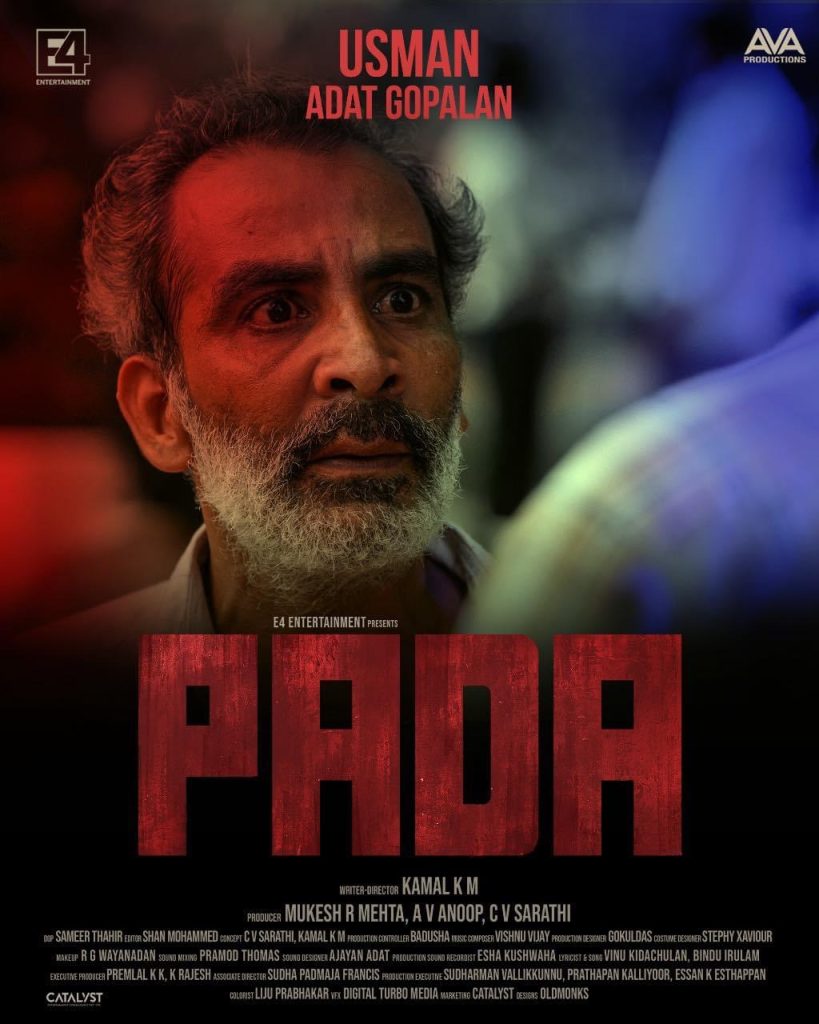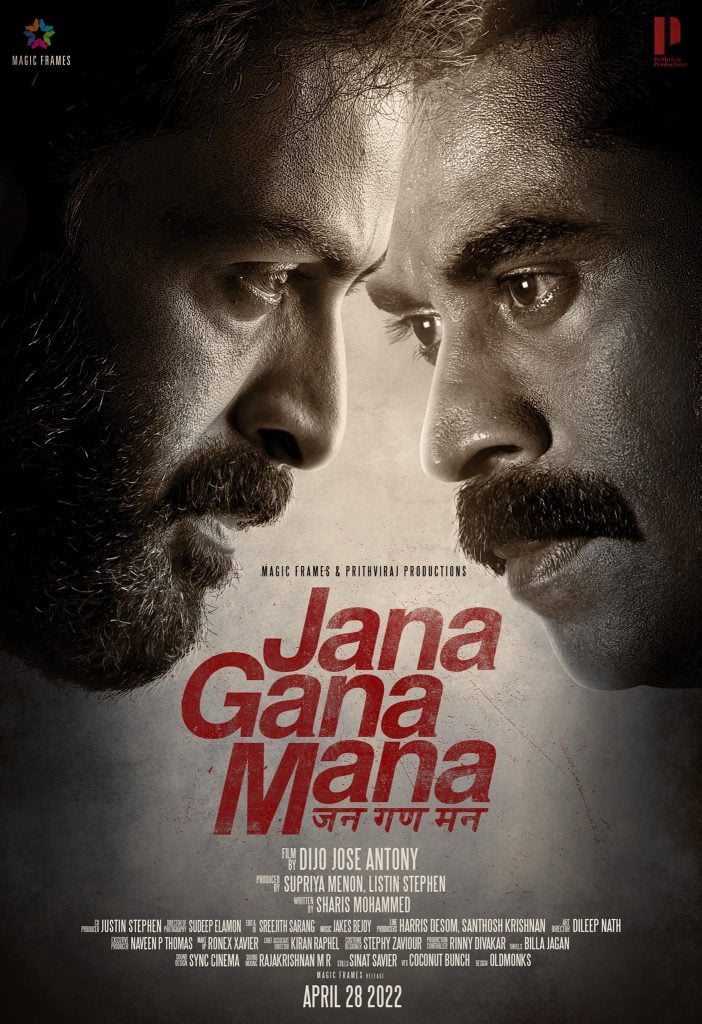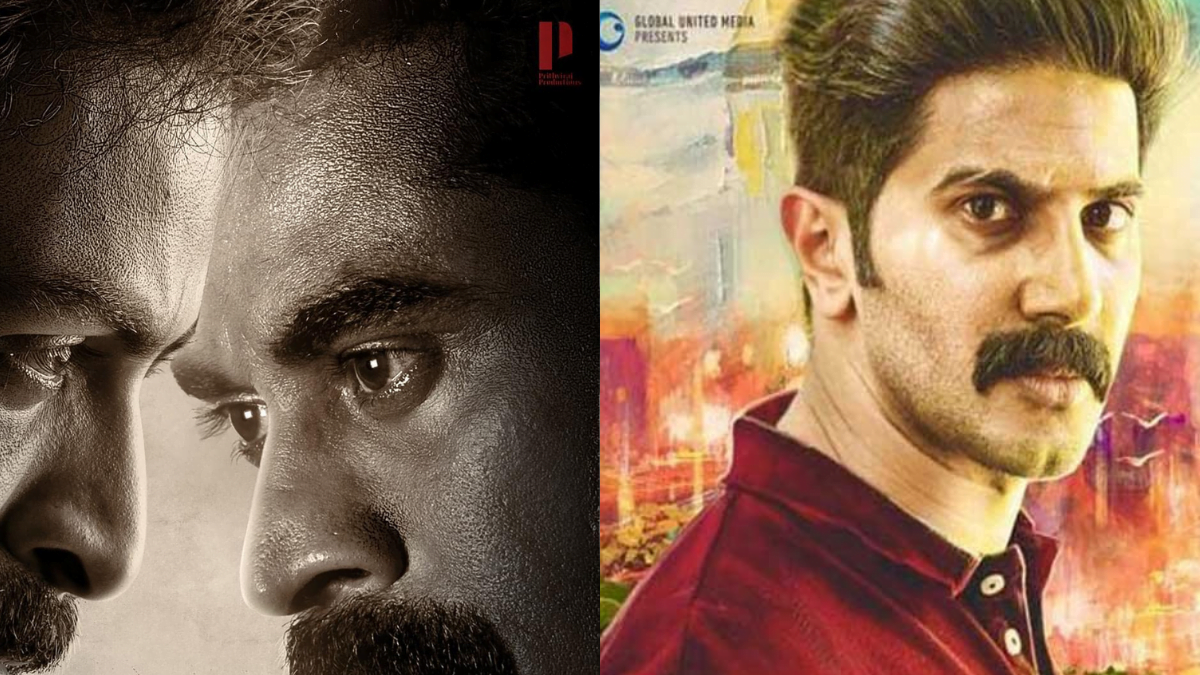From the panoramic lens of cinema, various aspects of life and reality are often brought onscreen by the skilful weaving of the director and scriptwriter. This practice is enriching for the millions and trillions of audiences who are moved and reformed bit by bit; at least in the ideal speculation. In this practice of representation, the choice of ‘what to,’ ‘what not to,’ and ‘how to,’ is a matter of power and domination. Therefore, the range and deliverance of visual-audio combinations have not even been able to depict the ‘real,’ world in the experiential dimension. Of the many themes so far impacted by this seamless practice of selection is Dalit representation. The representation of Dalits in many film industries, including Malayalam, is relatively low.
Though there are many films portraying the Dalits and the issues they are facing in society, not many films exclusively deal with them. Rather than this, the Dalit theme is mostly relegated to a minor one which makes it insignificant and unworthy of discussion. Yet, in recent times numerous films dealing with these themes with the much-needed attention were produced and gave way to serious discourse on the situations surrounding them.
Kismath and the perils of inter-caste marriage
Though known for unity and harmony among different communities, in Kerala too, caste and religious differences can impact and destroy quiet living and peace. Kismath written and directed by Shanavas K. Bavakutty is a 2016 film that deals with the perils of inter-caste and inter-religious marriage and also evidently about the reaction of not just the community surrounding them but also the system. It follows the love story of a Muslim man, Irfan and an SC woman, Anita, both of whom decide to live together as mature citizens. They clearly understand that their families and society are not ready to accept them and, therefore, they seek the help of the system. Whereas the system is also one consisting of individuals from society who often hold the same prejudices. Hence, it becomes oppressive to the extent that there is nothing to trust and hold on to easily.
In the case of the couple, Irfan-Anita, it again becomes complicated as both of them are of different castes and different religions, in addition to the fact that Anita is older than Irfan by five years. All these factors make it difficult for the society to accept them at any cost. Anita is meanly treated by the police officer whom they approach as part of their only hope. More than the fact that both of them are mature and independent individuals capable of deciding for themselves, Anita’s Dalit position is seen as the main issue of society that is unwilling to accept them. The range of acceptance received for the film with its Dalit theme was well discussed among the audience.
Kammatti Padam and loss of community
Another notable film was Kammatti Padam (2016) which exclusively dealt with the struggles of Dalit lives spanning many years, shedding light on how far they progressed materially and emotionally. Directed by Rajeev Ravi and written by P. Balachandran, the film talks about the land and its cultural and emotional significance for the marginalised Dalits. It takes a long time for the poor people to build up a community in any location and especially being on the marginalised side, they deem much importance to this home.

Kammatti Padam portrays this crisis faced by the Dalit community with the others in Kammatti Padam, a slum-like area on the outskirts of Ernakulam. Balan and Ganga, Dalit childhood friends of Krishna, an upper caste share a close bond with their land.
Yet, out of the craving for money, they evict their land for an upper-caste businessman; unknowingly erasing themselves. It is only after their wants are over, they understand their barren status and want to rebuild the community that is irretrievably lost. The theme was distinguished in that it depicted the pathetic condition of the Dalits who are forced to be landless and homeless for the dominant classes and the Dalits themselves who out of choice destroy their communities.
Land Struggles in Pada
Pada (2022) by Kamal K.M. is yet another film strongly advocating for the land rights of the marginalised sections, both tribals and Dalits. It is based on a real incident that took place in Palakkad, Kerala where the district collector was held as a hostage in the collectorate by four tribal activists. This act grew to attract the attention of many other activists and leaders to the plight of the Dalits and tribals who were forced to be evicted from the land where they built their homes. It was the amendment to the Adivasi Land Act 1975 that infuriated the Dalits and tribals to act and reclaim their land from the unjust interests of the outside parties and corrupt politicians. This act was a strong political statement that questioned the motives of the changing governments who always favored the affluent groups to possess the resourceful lands. This incident grabbed attention at the national level and became a symbol of what the common man could do to register their protest.

As a film, it placed the audience in a tight grip throughout and it reflects the craftsmanship of the director and scriptwriter. Even more, it helped the viewers to be reminded of a time when the oppressed powerfully voiced their needs.
Jana Gana Mana and casteism in educational institutions
At a time, when the news makes rounds of Dalit and tribal students being abused and tortured in various top universities and institutions across the country, ‘Jana Gana Mana,’ (2022) created a strong wave as a kind of protest. Though the main focus of the film is religious and caste discrimination and media-produced truth, Dalit representation is underscored throughout. Vidya, a studious research scholar from the Dalit community is seen to be tortured by her upper caste supervisor to such an extent that she gives up on her dream. To him, it is their duty to torture them and create obstacles to prevent their growth.

By looking at the various representations discussed so far, it is not possible to say all of them actively stood out and fought for the Dalit voice. There are various flaws in these representations as well since some of the characters were enacted and made hit by actors from the upper caste. It becomes political as the identity and power statement is given life by a person who has never experienced these discriminations at hand.
On the other side, if these characters were breathed life by Dalit actors, the depiction together with the acceptance showered by the audience could be considered as consent by the society at large. Though it is also true, a wide permanent change cannot be activated so soon. Besides this, many Dalit life-oriented films are actively made in Malayalam, especially when the last two decades are considered but the problem is the fact that these films mostly go unattended without the presence of a megastar. Take, for example, Puzhu (2022), it became noticeable due to the leading actors Mammootty and Parvathy Thiruvoth. Because of them, the film widely reached people creating discussions over current dalit oppressions even in the liberal spaces.
About the author(s)
Vidhu (she/her) is an emerging writer with Masters in English language and literature, keen on learning the politics of the world around her. She has dreams to create a career in journalism and writing, where she unburdens her self. She has a great taste for movies from varies geographical spans and pens down poetry in magical charms. She is open to projects or research centring on humanities.






Nice! Movies like these can wake mass to realize the harsh reality of corruption in the system, and try to eradicate it.